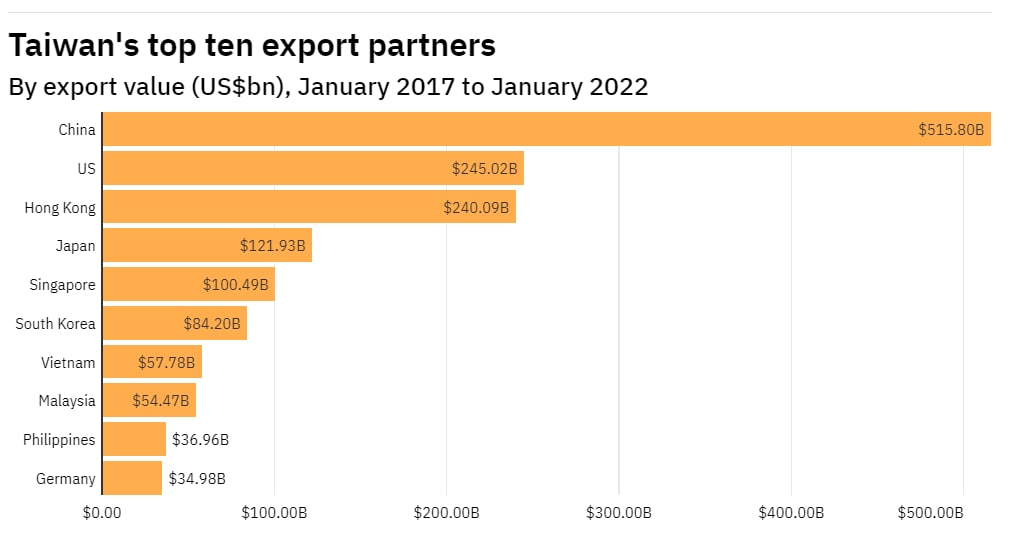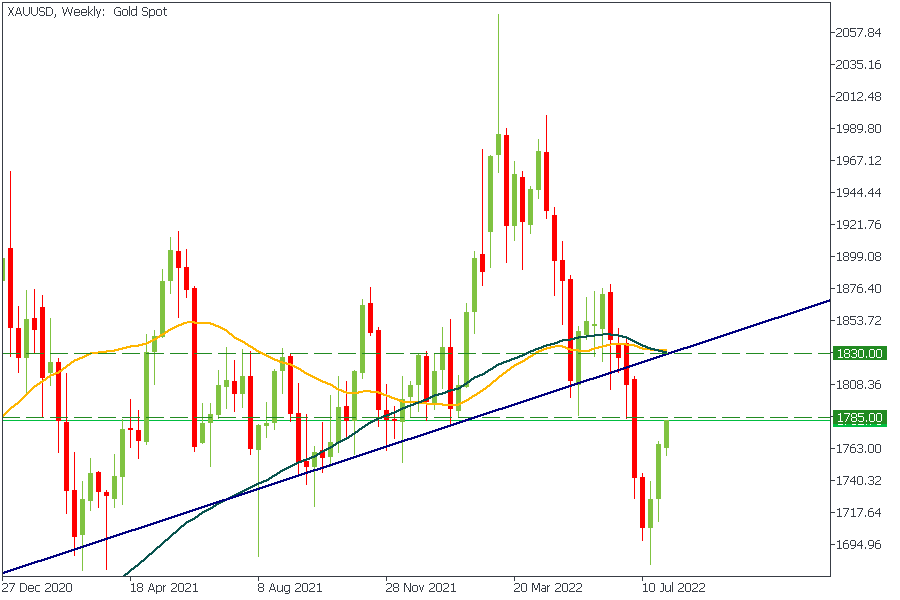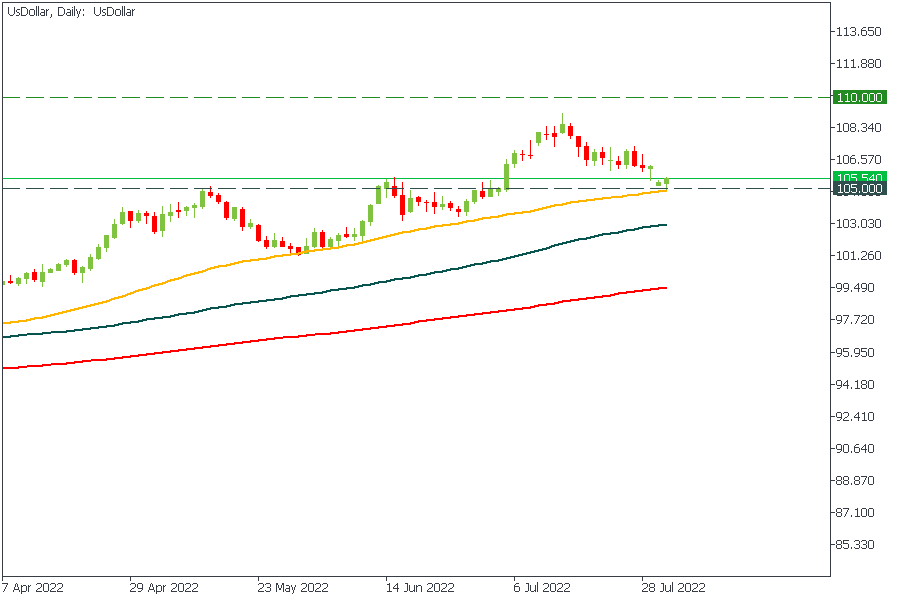China may respond to US House Speaker Nancy Pelosi's visit to Taiwan with military provocations, including firing missiles near Taiwan or large-scale air or naval activities. Taiwanese and US media say Pelosi plans to visit Taipei on Tuesday night, but there’s no official confirmation. However, responding to reporter questions on Tuesday, Taiwan's Premier Su Tseng-chang said the island "warmly welcomes" any foreign guests. He added that Taiwan "would make the most appropriate arrangements" for visitors.
Why does Taiwan matter?
China's leader Xi Jinping believes in the correctness of the principle of a "united China." According to his beliefs, Taiwan historically belonged to China, so it must be returned in any way.
However, it’s not the only reason. Taiwan's electronics sector attracts the most significant share of foreign investment. Indeed, Taiwan's significance to the global semiconductor industry cannot be understated. Taiwan Semiconductor Manufacturing Company (TSMC) is the world's largest contract chip manufacturer and Asia's most valuable listed company at $600 billion. Much of the world's global semiconductor supply chain relies on Taiwan.
Taiwanese exports across the strait to mainland China were at an all-time high in 2021, but perhaps more importantly, the small island nation has China in a chokehold over semiconductors. In 2020, China spent more on importing chips than it did oil (many experts believe China is stockpiling chips).

There’s a risk that any Chinese invasion of Taiwan would damage or destroy much of the tech infrastructure China relies on to feed its electronics and manufacturing industries with crucial components. The invasion might make Taiwan's semiconductor industry the spoils of war, but, equally, the Taiwanese might be ready to destroy semiconductor plants themselves, most notably TSMC's network of advanced factories, to deprive the Chinese of some of those spoils.
Moreover, it’s questionable whether the Chinese could operate the fabs without the cooperation of the world-beating TSMC team of managers, researchers, and engineers, at least for a few years.
How might the conflict affect the markets?
Effect on global economies:
Japan
- 40% of Japan’s sea trade passes through the South China sea. If China takes control of Taiwan, it would probably impose shipping limits, slowing Japan’s trade and economic growth.
- Given the proximity to Taiwan, escalation of conflicts and a war situation will lead to an import-dependent economy in Japan.
- China is Japan’s major trading partner, and if Japan supports Taiwan, China will impose trade restrictions, curtailing economic growth.
- On the other hand, if Japan fails to assist the US in supporting Taiwan, it could harm the US-Japan alliance.
US
- Taiwan is the major supply source of semiconductor chips for US tech companies, including Apple, Qualcomm, NVIDIA, and AMD. This dependence could heighten the motive for the US to defend Taiwan in the conflict with China.
- The US would more likely focus on the diversification of the supply chain from China to reduce dependence and sustain economic growth.
- US dollar might gain momentum as one of the main safe-haven assets.
Australia
- Australia has been facing increasing restrictions from China over the past few years that affected trade growth prospects. Escalation would influence Australian exports, including agriculture and mining, while retail, construction, and manufacturing industries would suffer from the loss of Chinese imports.
Assets:
US stock and crypto markets
- The crisis in the chip sector may have an extremely negative impact on most technology companies in the United States and the cryptocurrency market.
Commodities
- Escalation will push prices up in the energy and metals markets, as a chocked South China sea may spiral up the lead time. Moreover, supply chains and interactions between many countries will be disrupted, violating the balance of supply and demand in global markets and pushing prices even higher.
Technical analysis
XAUUSD, weekly

Gold will break above $1785 and fly towards $1830 on escalation.
US dollar, daily

US dollar bounced off the local support of 105.00, and the uptrend is still valid. Any escalation will push the greenback’s index to 110.00, pressing other currencies down versus the USD.
Do you want to get updates Live? Subscribe to the @FBSAnalytics Telegram Channel where I post more daily trade ideas!
LOG IN



















